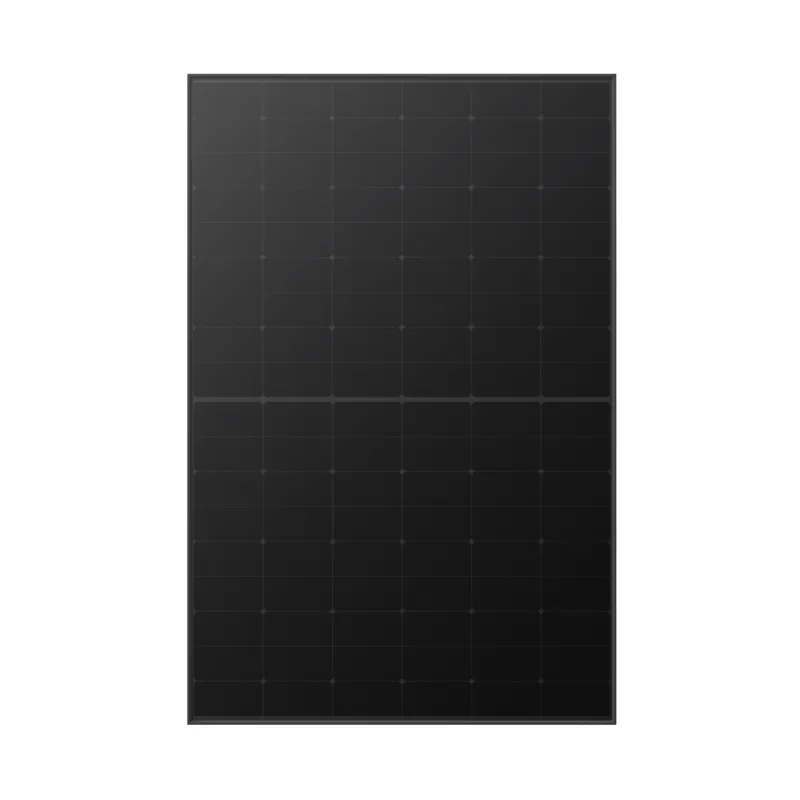1kw solar panel size
Understanding the Size of a 1 kW Solar Panel System
As the world shifts towards renewable energy, solar power has emerged as one of the most popular and accessible solutions for both residential and commercial energy needs. When considering a solar energy system, one of the primary questions is regarding the size of the solar panels required to generate a specific amount of power. In this article, we will explore the dimensions of a 1 kW solar panel system, the implications of its size, and how that translates into real-world energy solutions.
What is a 1 kW Solar Panel System?
A solar panel system rated at 1 kW means that under optimal conditions, it can produce 1 kilowatt of power. This measurement typically refers to the peak performance of the solar panels during sunlight hours. The actual amount of energy produced can fluctuate based on several factors, including geographic location, panel orientation, shading, and weather conditions.
Size of Solar Panels
The average size of a solar panel is typically around 1.6 meters by 1 meter (approximately 65 inches by 39 inches) and has a power output of between 250 to 400 watts per panel. To achieve a 1 kW output, you would generally need 2.5 to 4 solar panels, depending on their wattage. Therefore, if you consider an average 300-watt panel, you would require about 3-4 panels to create a 1 kW solar system.
When organized into a typical installation layout, the total area occupied by these panels can be calculated. Assuming each solar panel has an area of about 1.6 square meters (approximately 17 square feet), a 1 kW solar panel system could require approximately 5 to 8 square meters (54 to 86 square feet) of roof space, or ground space if installed in a solar farm.
Factors Influencing Panel Size and System Configuration
Several factors influence how much space you need for a 1 kW solar panel system
1. Panel Efficiency Solar panels have different efficiencies, which is a measure of how much sunlight they can convert into usable electricity. Higher efficiency panels can produce more power in a smaller space, leading to a reduced area requirement.
2. Installation Orientation The direction and angle at which solar panels are installed significantly affect their energy generation. Panels facing south in the northern hemisphere or north in the southern hemisphere yield the best performance. The angle of installation also varies based on location and seasonal changes.
1kw solar panel size

3. Shading Trees, buildings, and other structures can cast shadows on solar panels, reducing their efficiency. Ideally, solar panels should be installed in locations where they receive unblocked sunlight for the majority of the day.
4. Local Climate Solar panels perform best in sunny environments. Areas with frequent cloud cover may require more solar panels to achieve the same energy output, affecting the total space needed for a 1 kW system.
Benefits of a 1 kW Solar System
Investing in a 1 kW solar system can provide numerous advantages
- Cost-Effectiveness Smaller solar systems typically have lower installation costs. They are suitable for users who consume less energy or are looking to reduce their carbon footprint without extensive investment.
- Modular Installation A 1 kW system allows homeowners or businesses to start small and expand their system as their energy needs grow or as their budget allows.
- Grid Independence For those looking to reduce their reliance on fossil fuels or electricity providers, even a small solar system can make a meaningful contribution toward energy independence.
- Environmental Impact Utilizing solar energy significantly lowers greenhouse gas emissions, promoting a cleaner, healthier environment.
Conclusion
Determining the size of a 1 kW solar panel system is not just about the amount of power it can generate. It encompasses various considerations, including panel efficiency, installation conditions, and the location's unique characteristics. Whether you are a homeowner considering solar energy or a business looking to invest in renewable solutions, understanding the dimensions and implications of a 1 kW system can help you make informed decisions that contribute to both economic savings and environmental sustainability. Transitioning to solar energy not only empowers individuals but also contributes to a broader movement towards a more sustainable and energy-efficient future.
-
Unlocking Energy Freedom with the Off Grid Solar InverterNewsJun.06,2025
-
Unlock More Solar Power with a High-Efficiency Bifacial Solar PanelNewsJun.06,2025
-
Power Your Future with High-Efficiency Monocrystalline Solar PanelsNewsJun.06,2025
-
Next-Gen Solar Power Starts with Micro Solar InvertersNewsJun.06,2025
-
Harnessing Peak Efficiency with the On Grid Solar InverterNewsJun.06,2025
-
Discover Unmatched Efficiency with the Latest String Solar InverterNewsJun.06,2025







